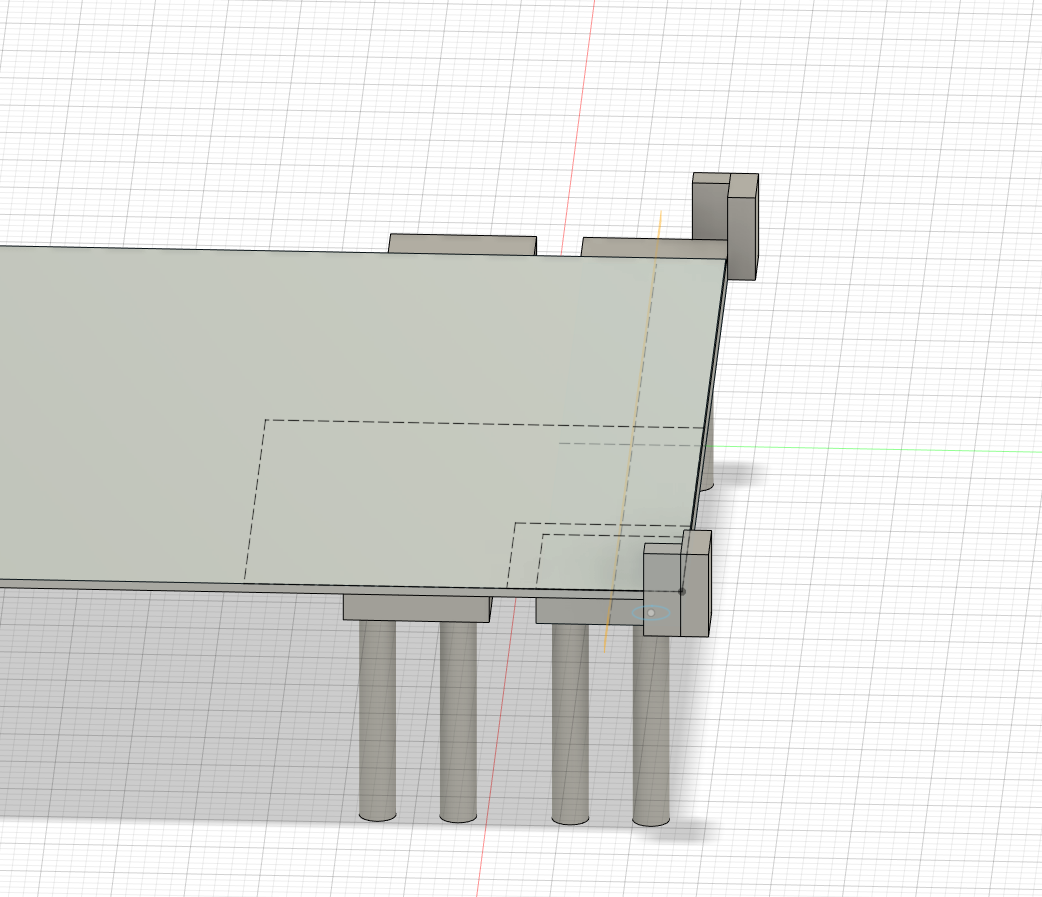Originally, I was going to split my proof of concept between Voron 0.1 size (120mm^2) and Voron 2.4 (300mm^2 as the default). I am starting to wonder if that's still the right choice. I can see arguments for doing only the Voron 0.1 (it is the most profitable, in theory), or expanding to include all three default Voron 2.4 sizes (so four sizes in total).
The main reason to consider doing only 0.1 though has to do with process. My father in law is storing tools in our garage and we are allowed to use them. This includes a 10" table saw. Now, a table saw is the faster tool to use to repeatably cut precise shaped squares. The reason I was going for a circular saw originally though is because the 300mm^2 size is just under 12 inches. ie, too big for the table saw. But if I only did the 0.1, I could save making jigs for cutting.
Either way I will eventually need to make the jigs. I will eventually want to offer all four sizes mentioned above, and possibly some others.
The other scale-related thing I realized has to do with money. As I said before, because my supplier charges a fee to cut things down, and the fee is a constant, it really encourages me to handle the largest pieces I can. At least, on the surface. But a full sheet of material weighs 118.18lbs (53.6kg). And it's physically large, meaning I'd often have leverage working against me, making it effectively even heavier.
Even if it's cheaper money-wise, it's going to be more tiring and probably take more time. Time is hard to directly equate to money, but time does in fact translate to money eventually. So how much does it save me?
In raw materials, processing 3ft x 3ft would work out to $4.63 per end product. Going to the full sheet to avoid cut fees would make it cost $3.72 per end product. Less than one dollar of savings.
I think I can afford to eat the monetary cost for quite a while. The calculations probably change at the point where you're using forklifts to move things around, but that's a long way away, if ever.
It's important to put things into perspective.

Because I'm trying to use more images in my logs from now on, here's my in-progress idea for a circular saw jig. There will be two (or maybe more) stands that can be moved to support the material, some back stops to have repeatable positioning, and (yet to be put into the CAD) some clamps to hold things securely into space. The gap between the stands is the important part, as it gives a space for the saw to go without hitting anything. I am still noodling over how to attach the clamps (which I have bought), and this entire thing is designed to be made out of like $20 worth of material just as a proof of concept.
 Daniel Grace
Daniel Grace
Discussions
Become a Hackaday.io Member
Create an account to leave a comment. Already have an account? Log In.